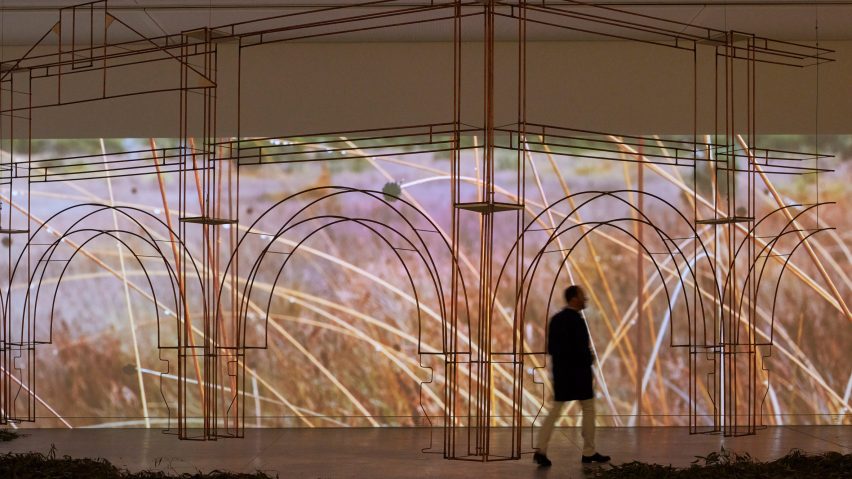
Australia's Venice Architecture Biennale pavilion "questions the relics of the British Empire"
The Australia pavilion at the Venice Architecture Biennale, which is exclusively revealed here, features a copper reconstruction of the Empire Hotel in Queenstown.
Named Unsettling Queenstown, the pavilion aims to draw attention to the legacy of colonialism and extraction by focusing on several settlements named Queenstown.
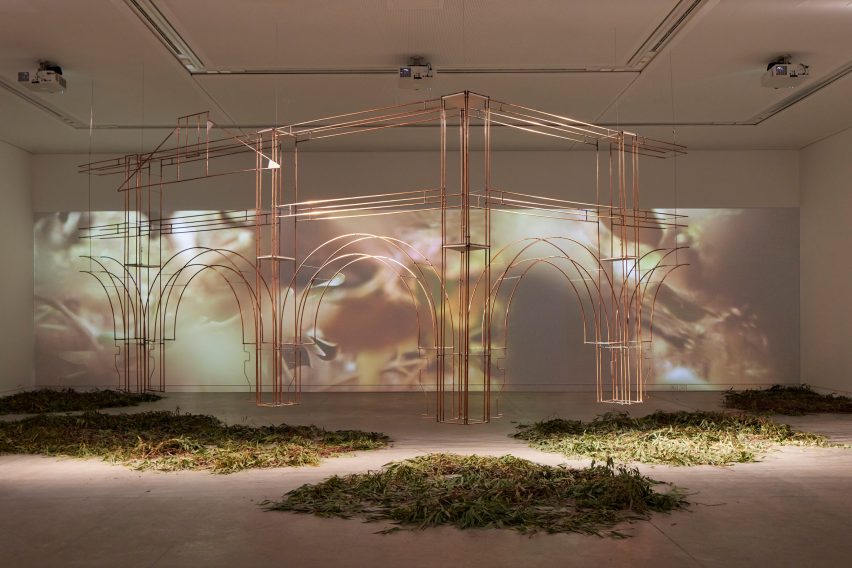
"The pavilion explores the concept of decolonisation, on both local and global scales," curators Anthony Coupe, Ali Gumillya Baker, Julian Worrall, Emily Paech and Sarah Rhodes told Dezeen.
"It looks at what architects are doing and can do to actively decolonise places and spaces, while reflecting on the historical legacies of colonialism and extractivism. It aims to both evoke emotions and engage the intellect."
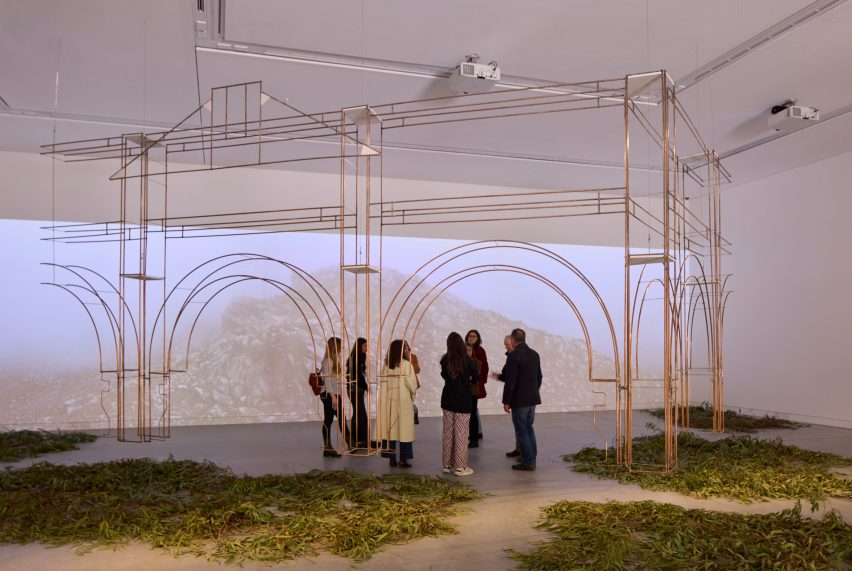
The exhibition focuses on the legacies of two settlements – a copper-mining town named Queenstown in Tasmania and Queenstown in South Australia – that both " bear the scars of colonisation and resource extraction".
"Queenstown is a place, but for the exhibition it's also a metaphor," explained the curators. "We use the word Queenstown to refer to the structure of colonial and imperial relations throughout Australia and across the world.
"It's also significant that the Queen died last year," they continued. "At the end of the second Elizabethan age, and the beginning of a new reign, the time feels right to question the relics of the British Empire, and Australia's place within the Commonwealth."
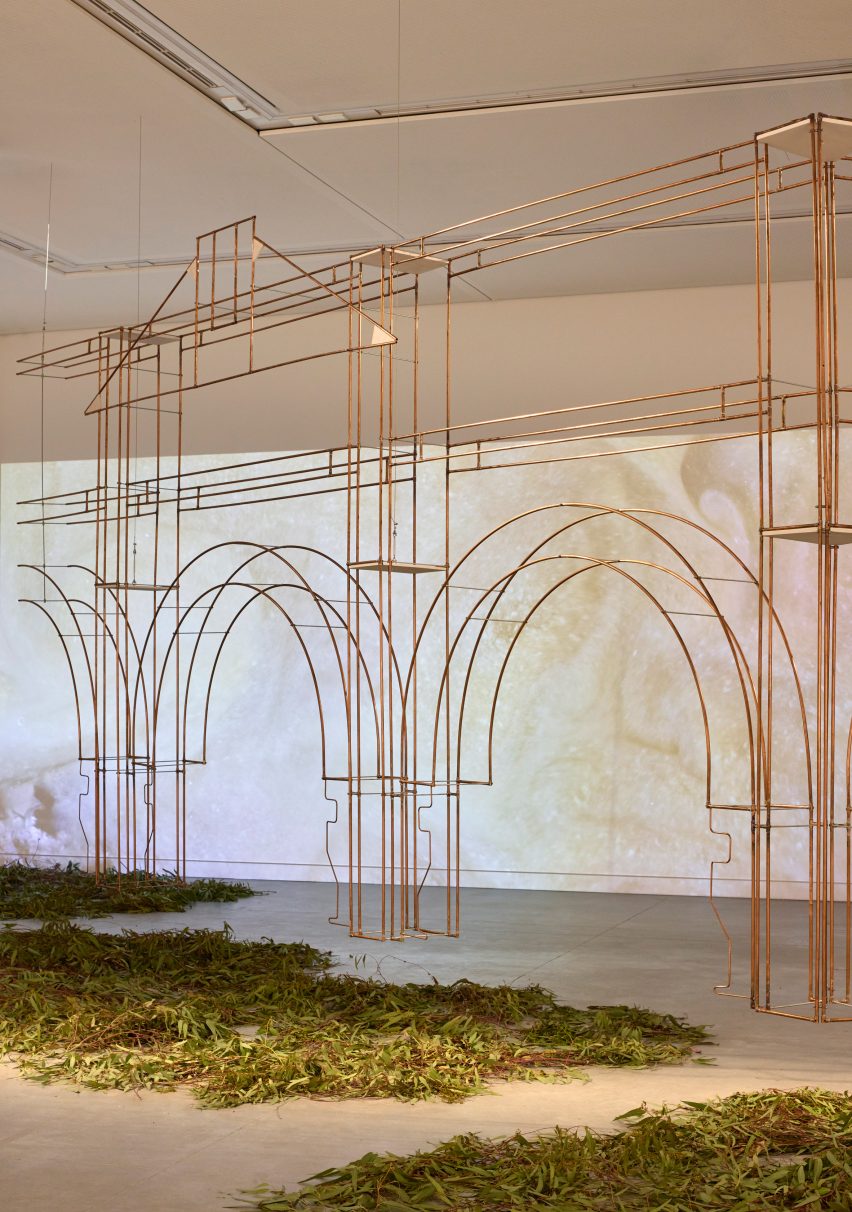
At the centre of the pavilion is a 70-per-cent-scale representation of the belvedere Empire Hotel in Queenstown, Tasmania, which was built in the same year that Australia formally came into existence.
The outline of the structure was made from copper tubes, as a nod to the town's role as a copper mine.
"A belvedere is an architectural structure built for taking a view and surveying a landscape – this serves an effective representation of the colonial approach to taking possession of a territory, as well as a symbol for our current moment of retrospect and prospect," explained the curators.
"Its arched form is typical of the neo-classical language of the British colonial architecture of the time, and so is both a deeply meaningful place for Queenstown Tasmania and emblematic of the way colonial settlement formed a template stamped on the landscape of Australia and across the world."
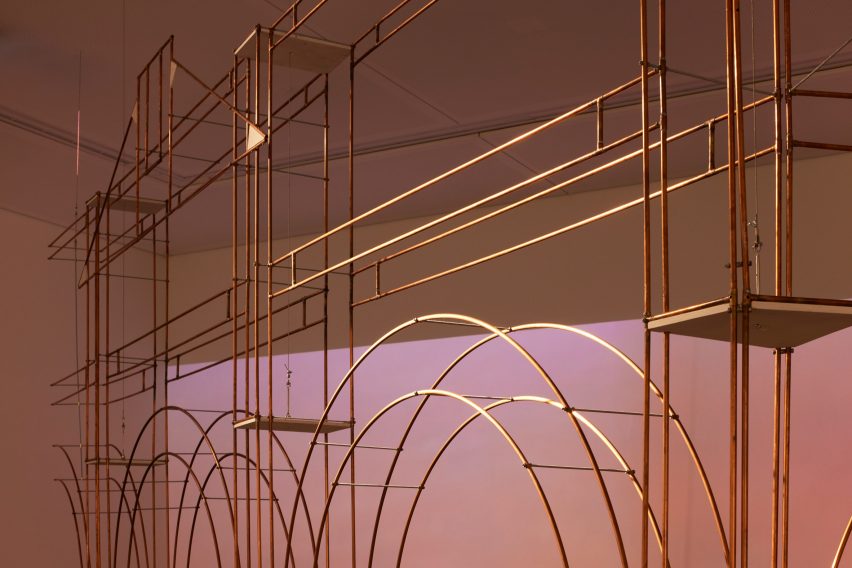
The curators created a series of visual and audiovisual exhibits in the Australian pavilion, which was designed by Australian studio Denton Corker Marshall and opened in 2015. The displays aim to demonstrate ways that the impacts of colonisation and extraction can be mitigated.
"Queenstown's existence was based on extraction – as a copper mining settlement with production processes that have been highly destructive to the environment, precipitating acidification, deforestation, and water pollution," the curators said.
"The colonial exploitation of the environment that Queenstown represents also led to the genocidal destruction of pre-existing peoples and cultures," they continued.
"Many of the tactics we are showcasing look to reverse this pattern, restoring nature and reinstating indigenous relationships with the land."
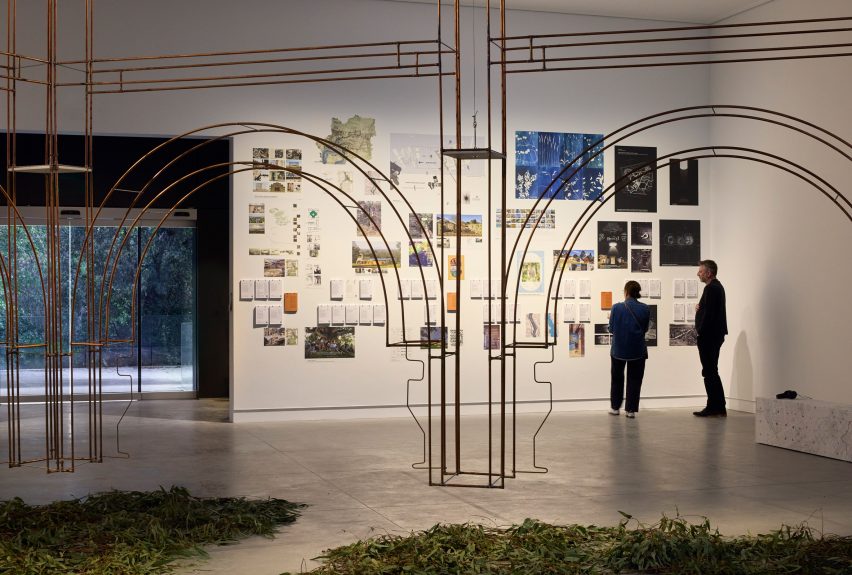
The exhibitions also aims to draw attention to the role that mapping by the British had in overwriting the names of Indigenous lands.
"Cartography is a colonial tool, for acquiring, representing, and manipulating knowledge of spaces and territories," said the curators. "It also has had the effect of erasing the knowledge and spatial patterns of First Nations peoples.
"Demapping is what we are calling the process of peeling back the layers of delineations and names that have been imposed upon places, while forming new understandings and re-imaginings of Aboriginal knowledge and worlds," they continued.
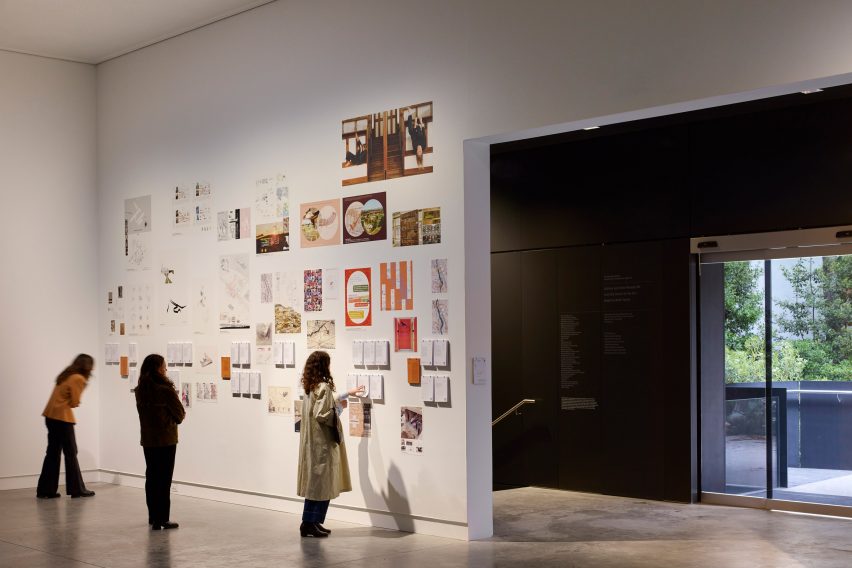
The Australia pavilion is one of several that will be opened exclusively on Dezeen today. Other pavilions that were seen first on Dezeen include the Danish pavilion, the US pavilion, British pavilion and the Finnish pavilion that "declares the death of the flushing toilet".
The photography is by Tom Roe.
Dezeen is live reporting from the Venice Architecture Biennale, which takes place from 20 May to 26 November 2023. See Dezeen Events Guide for all the latest information you need to know to attend the event, as well as a list of other architecture and design events taking place around the world.